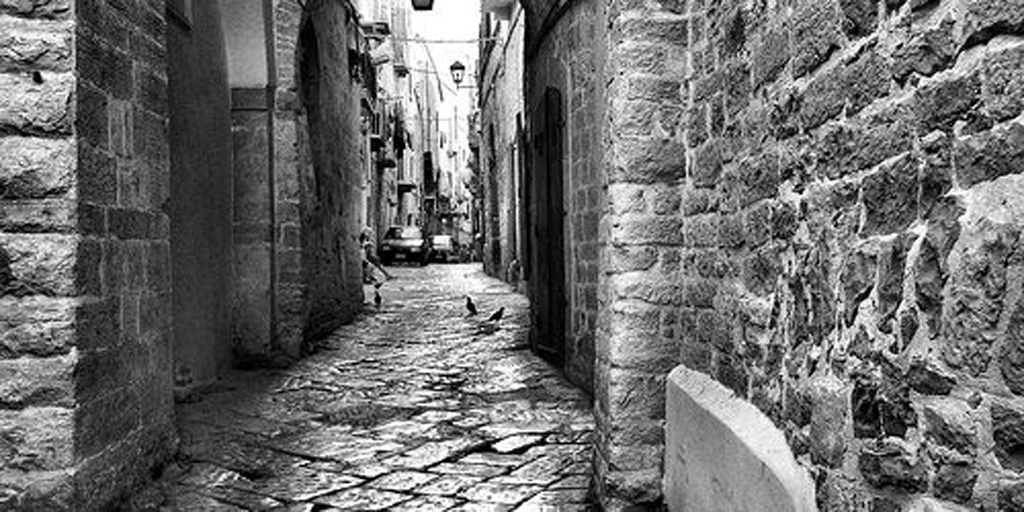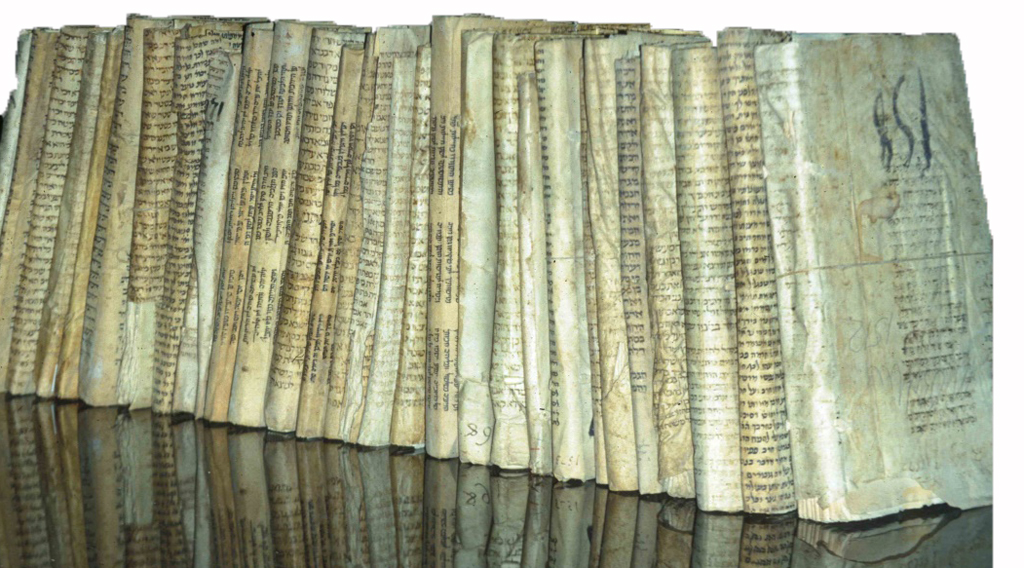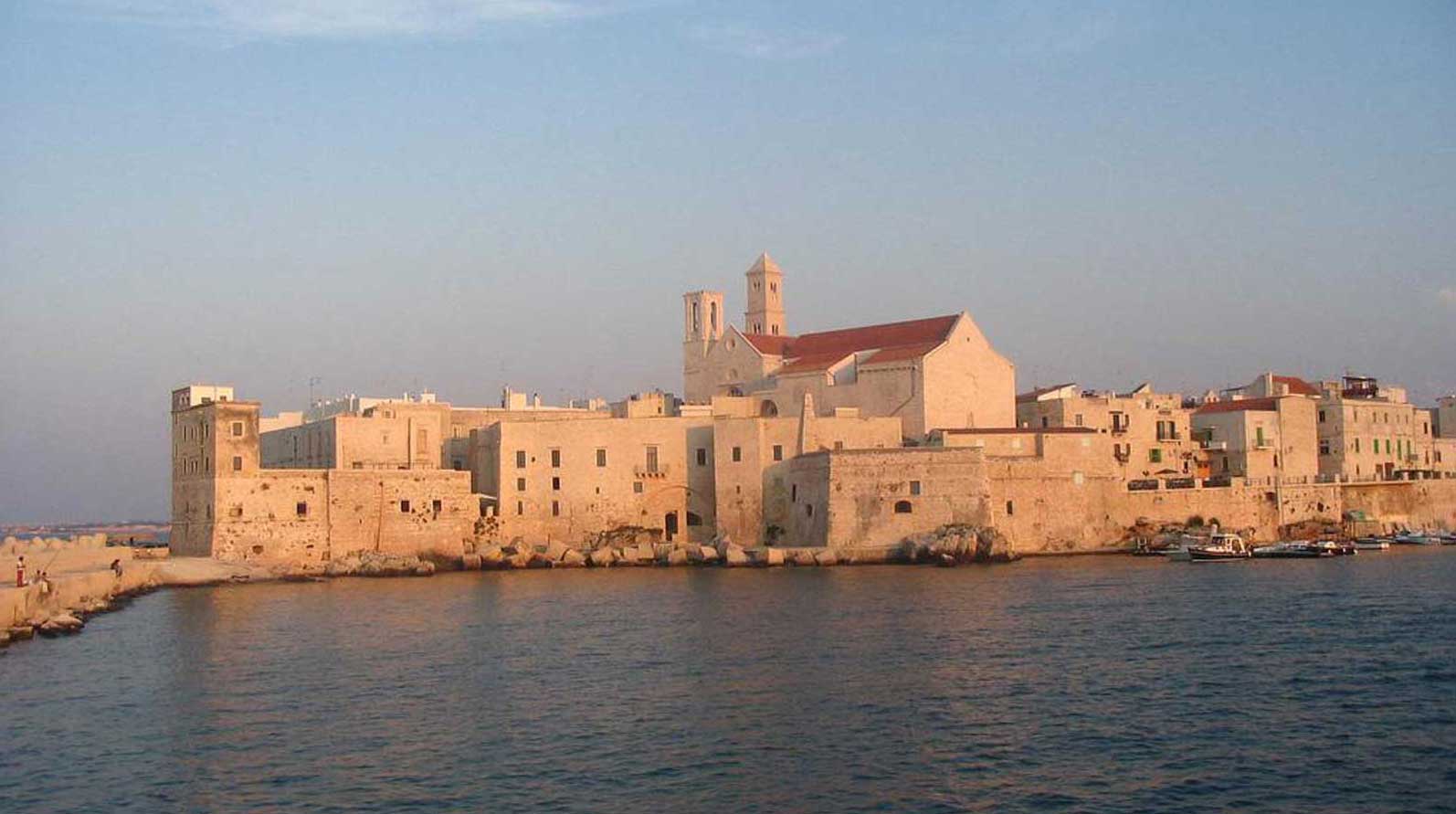The Giudecca of Trani, Italy (1000–1550)
A Mediterranean Jewish Quarter and Its Architectural Legacy
Mauro Bertagnin, Ilham Khuri-Makdisi, Susan Gilson Miller
In: Traditional Dwellings and Settlements Review
During the late Middle Ages the city of Trani in southeastern Italy was home to a significant minority population of Jews. This community reached a highpoint during the thirteenth century, when under the protection of the progressive King Frederic II, it combined successful commercial activities with the presence of noted religious scholars. A conception of Jewish separation, even isolation, has been central to the study of late-medieval and early-Renaissance cities in Italy — particularly after the sixteenth century, when the prototype of the ghetto was invented in Venice. However, the giudecca of Trani was compact in size and diverse in architectural character and largely open to the city around it, indicating that this ghetto model may have been far more limited in time and space. Indeed, the elaborate spatial arrangements of Trani’s giudecca indicate a specific form of coexistence the lasted five hundred years. Today, only the buildings of this once-vital community remain to provide evidence of its former existence at an important Mediterranean crossroads.
The southern Mediterranean world forms a cohesive historical and cultural continuum distinguished by a Greek and Roman heritage blended with Arab, Turkish, and Islamic influences. It forms the background for a pervasive aspect of Mediterranean society —namely, the existence of a far-flung Jewish diaspora fully at home in its environment yet distinct from it. Movement and displacement was an ongoing theme for this diaspora, as noted by social historian S.D. Goitein in his magisterial work A Mediterranean Society.1 Jews were wanderers par excellence, traversing the geographical breadth of “the Sea” from Biblical times onward for the purposes of commerce, pilgrimage, marriage, and the pursuit of knowledge. Influences were carried from one corner of this vast Mediterranean world to another through mobile currents of trade and migration, creating an expansive and cosmopolitan environment for social life. Many towns and cities around the Mediterranean basin still contain the remnants of Jewish settlement, although their Jewish populations are gone.
A reevaluation of this sediment is long overdue, taking into account new methodologies in urban studies, new historical sources, and new attitudes toward the meaning of hybridity in zones of cultural contact. A team of architects and historians from Harvard University and the University of Udine in Italy have been revisiting sites of former Jewish settlement around the Mediterranean basin, making in-depth studies of physical remains, and writing architectural and social history sensitive to matters of space. The team has carried out research in the Jewish quarters of Fez (1998), Trani (2000), Palermo and Tangier (2002), with plans to continue the project in Istanbul (2003), Tunis, Livorno, and Seville. Our aim is to situate the Jewish quarter within the fabric of the larger city and study its evolution over time by asking questions that foreground matters relating to the built environment.
Depending on physical and historical circumstances, different patterns of coexistence evolved between Jewish communities and their Gentile neighbors, expanding the repertoire of ways in which Jews (and other minorities) fit into the Mediterranean city. But were there any regularities amidst all this difference? In order to answer this broad question, we must look at more specific issues. For example, how was the quarter created, and how did it expand? What were the actual processes of expansion? What form did the houses, streets, and the quarter take? How much space did the minority command, and how was it used? What access did the minority have to the rest of the city? Does the form and placement of the quarter respond to recurrent themes?
In contemporary urban studies, there is much discussion of how cities may be read and compared across time and space. The basic unit of analysis used here is the concept of type, which is the grammar used by architects to find their way through the complexities of the urban fabric. We begin with a reading of the urban space as it currently exists, then move backward in time using techniques of typological dissection to conceptualize the original form.2 The physical analysis commences with the smallest unit of the house, then proceeds up the hierarchy to the street, the neighborhood, and finally to the entire quarter. This approach permits an accumulation of physical data that may be correlated with other evidence to give a layered reading of the quarter and its evolution over time. At the same time, we seek to generate a social reading that complements our spatial understanding by asking a number of important questions.
How did ritual and religiously inspired behaviors have an impact on physical space? How did Jews regard their “membership” in the city, and how did others regard them? Were they strangers or fellow citizens? French sociologist Maurice Halbwachs was the first to emphasize the social reading of space as fundamental to understanding how cities work: “Place receives the imprint of the group and vice-versa,” he wrote.3 Following his lead, we argue for a hypothesis that is not new, but is here reinforced by evidence from the built environment. Simply stated, our research indicates that Jews in the premodern Mediterranean city lived in complex and multiple arrangements with their non-Jewish neighbors, bound to their city by an overriding feeling of common identity based on a shared sense of place. Continue






